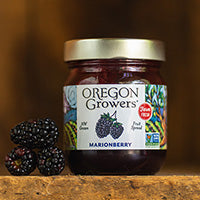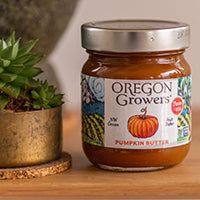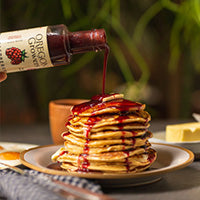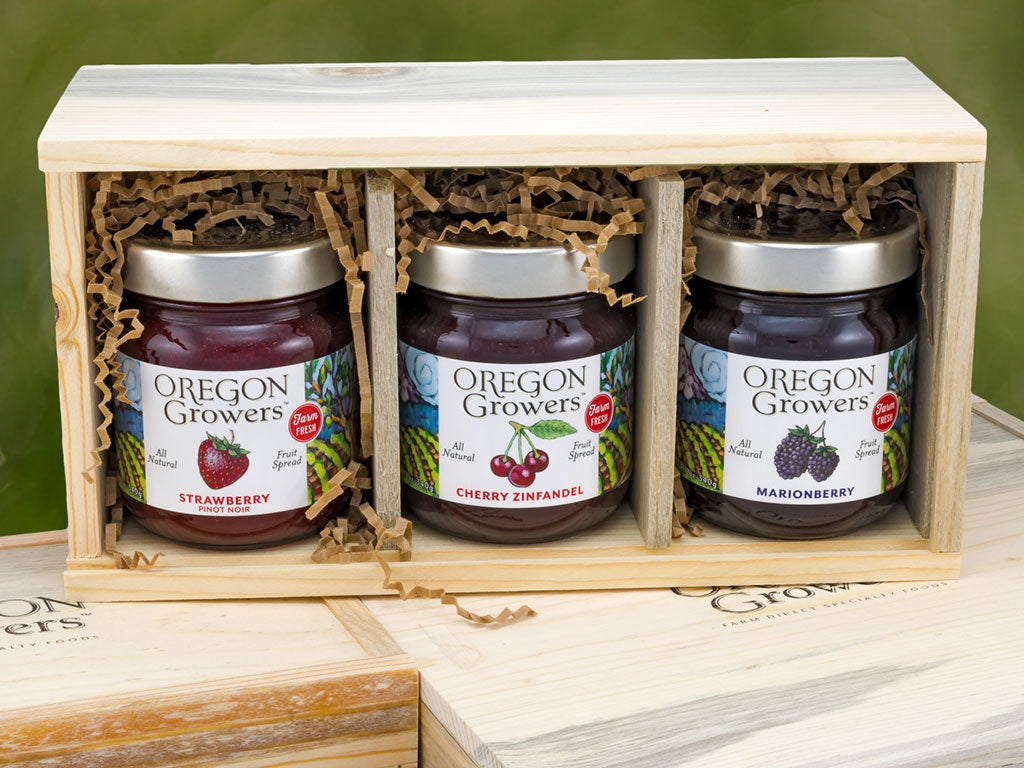Are we a Jam or a Fruit Spread?? Some of you have noticed and commented about getting a fruit spread and not a jam, according to our label. This is a question that has been asked on several occasions. To answer that, we will have to break down what the difference is. Because, believe it or not, there is a difference! And, quite a science behind it!
Alrighty, time to break this thing down! The FDA(everyone’s favorite!) regulations say…
In our great country, the United States, some jam- and jelly-related terms are regulated and some are not.
Regulated products and product names include Jam, Preserve, Jelly and Fruit Butter: This means that products with these names have to conform to certain specifications and recipes. For instance, a product called “Jelly” must contain at least 65 percent water soluble solids (sugar) and must be made with fruit juices or concentrates. “Preserves” and “Jams” (interchangeable FDA terms), must contain at least 55 percent sugar and 45 percent fruit. If a product does not meet these requirements, it must be called by another name. Oregon Growers Fruit Spreads are only 45 percent sugar, so we can not label them “Jams” or “Preserves.” (This is a good thing!)
The ways of Sugar: One of the defining specifications for jams and related products is the total sugar content. This includes the sugar present in the fruit and the sugar added through cane sugar or concentrates and syrups. This is often referred to as “soluble solids” or “Brix.” For example, if 10 grams of sugar are added to 90 grams of water, the resulting 100 grams of sugar solution are said to have a Brix of 10 or a soluble solids content of 10% (i.e. 10% sugar by weight). Similarly, a fruit preserve should have a Brix measurement of 65 (or 65% sugar by weight = 65 grams of sugar in 100 grams of preserve).
Since, our fruits are picked when they are ripe, we are capable of using less sugar because the fruits have reached their peak flavor and don’t need to be enhanced with extra sugar. You can thank our wonderful farmers for that! Less sugar and more fruit = Better flavor!
Stay tuned for more jammin’ good posts!




